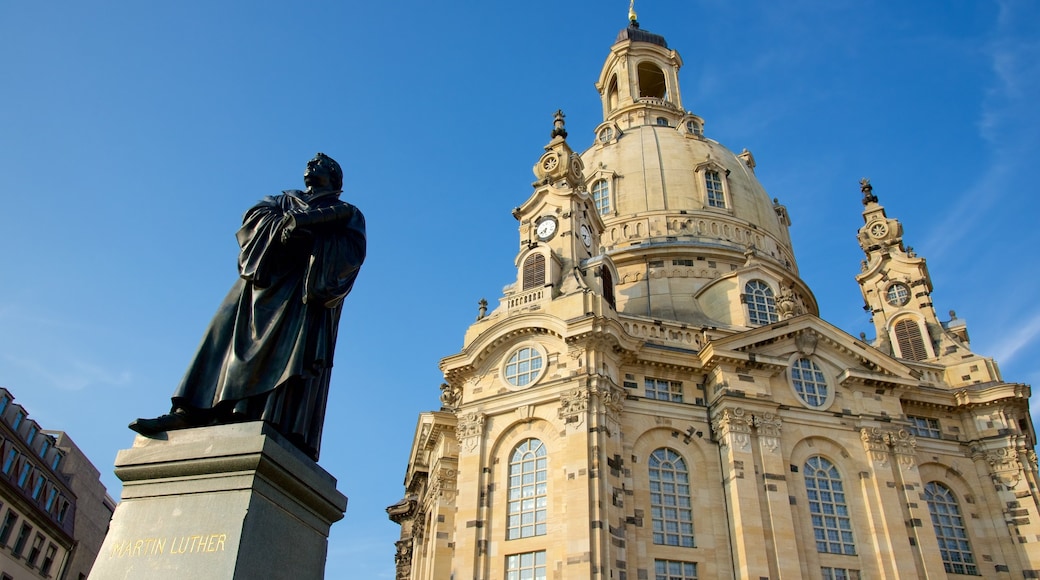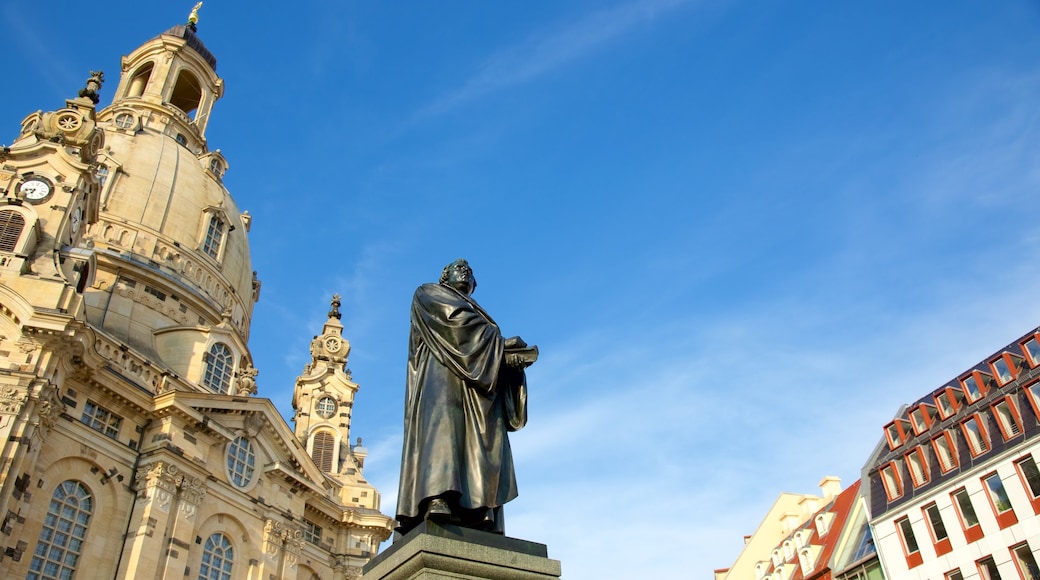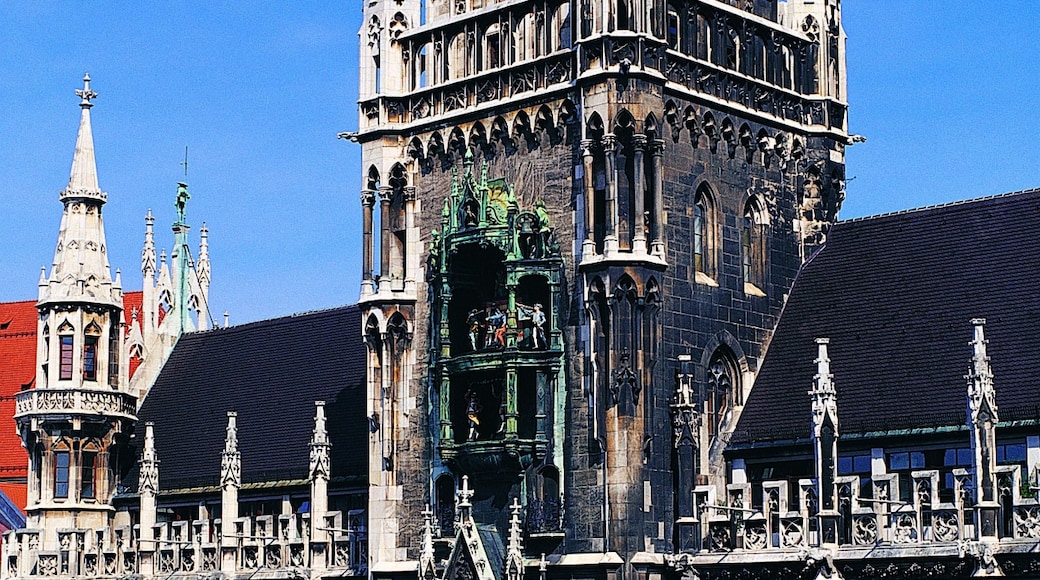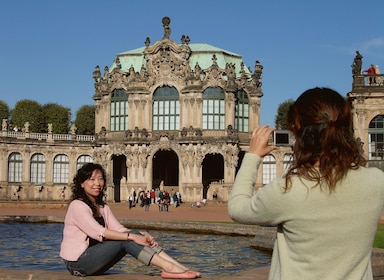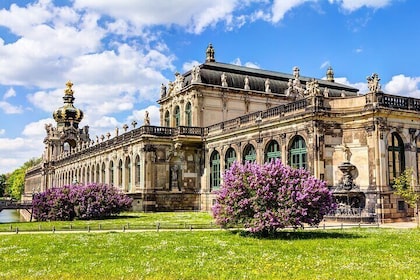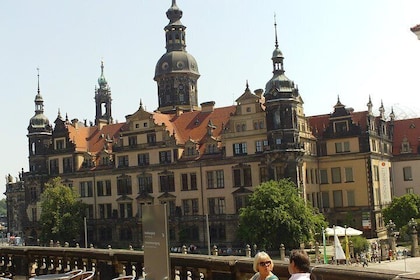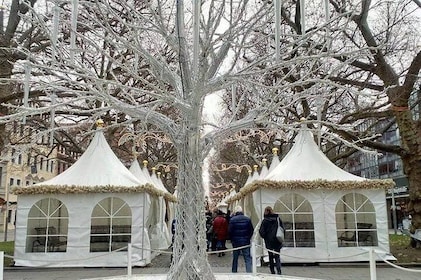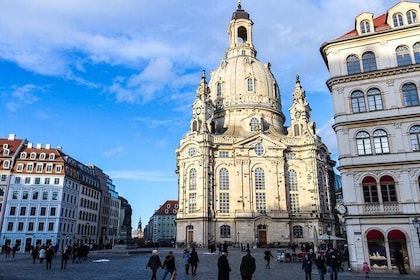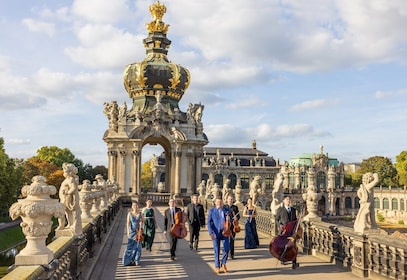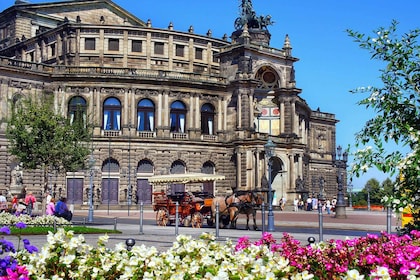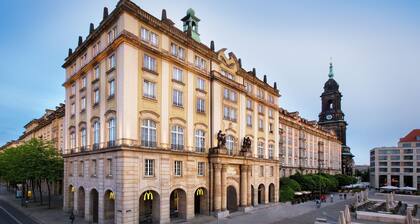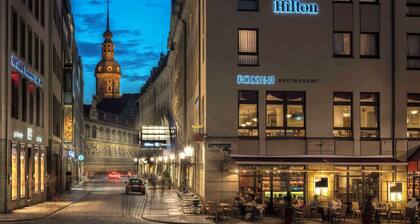Today, the Frauenkirche rising behind the Martin Luther Statue is one of Dresden’s most iconic sights, featured in nearly every visitor’s photographs. That was not always the case, as nearly the whole square was destroyed during the fire bombings of World War II. Photos from the era show the statue standing alone, untouched, surrounded by rubble, turning it into a potent symbol of both the total destruction wrought on the city and the indomitability of the people that lived here. Appreciate the history of the city, both religious and political, by standing at his feet.
Spot the statue even on market days, when the stalls and tents of sellers give the base of the statue a respectful amount of breathing room. Notice the classic pose that the sculptor, Adolf Von Donndorf, gave Luther. He carries a Bible, with one hand gesturing to the text. Think about the world-changing effect of Luther’s translation, which actually swept through Dresden quite late, after resistance from the local lord.
Spend some time in the statue’s company. In the winter, purchase mulled wine and famous Dresdner Christstollen from the market stalls or sip coffee while munching on a box of savory or sweet quarkkeulchen. Listen to the musicians singing or playing instruments below the statue’s watchful gaze, sharing the spirit of Dresden with all those who pass by.
The Martin Luther Statue stands directly outside the front doors of Dresden’s Frauenkirche, the central landmark of the city’s Neumarkt. Take a tram here in 11 minutes from Dresden Hauptbahnhof, or central station, or walk in about 20 minutes. Drive in 9 minutes. Many of the city’s tramlines pass directly through the Neumarkt and offer connections throughout the old and new parts of the city. Metered parking is available in nearby lots, though it can be hard to find on busy days.
The square and the statue are freely accessible to visitors all day every day.
